- Empty cart.
- Continue Shopping
Nandyarvattam Miniature (Crape Jasmine)
Original price was: ₹175.00.₹120.00Current price is: ₹120.00.
Genus : Agava
“The Nandyarvattam Miniature Flower is a charming plant known for its vibrant and dainty blooms. With its compact size, it is an ideal choice for gardens or spaces with limited space. Enjoy the beauty of this delightful plant.”
Tabernaemontana divaricata, also known as “Crape Jasmine” or “Pinwheel Flower,” is a flowering plant native to South Asia and Southeast Asia. It is widely grown as an ornamental plant in gardens and landscapes, and it is popular for its fragrant, showy flowers.
The plant typically grows to be 3-6 feet tall, with a spreading habit and dark green, glossy leaves. The leaves are arranged in whorls, with 3-6 leaves in each whorl. The plant produces flowers in the summer and fall, with each flower measuring about 1-2 inches in diameter. The flowers are star-shaped, with five petals that are white or cream in color and have a sweet, jasmine-like fragrance.
The Crape Jasmine plant is relatively easy to grow, and it prefers well-drained soil and full sun or partial shade. It can also tolerate a wide range of soil types, including sandy or loamy soils. The plant requires regular watering, especially during the growing season, and it benefits from occasional fertilization.
The Crape Jasmine plant is also known for its medicinal properties, and it has been used in traditional medicine to treat a variety of ailments, including fever, headaches, and skin disorders. The plant contains alkaloids, flavonoids, and other compounds that have anti-inflammatory, analgesic, and antipyretic properties.
In summary, the Crape Jasmine plant is an ornamental flowering plant native to South and Southeast Asia. It produces fragrant, star-shaped flowers in the summer and fall and prefers well-drained soil and full sun or partial shade. The plant is also known for its medicinal properties and has been used in traditional medicine to treat various ailments.




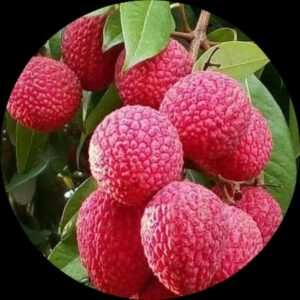
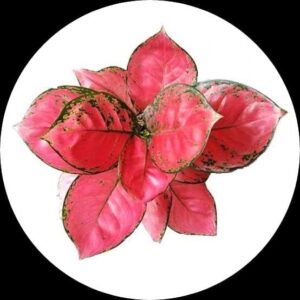
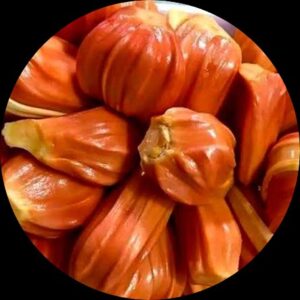
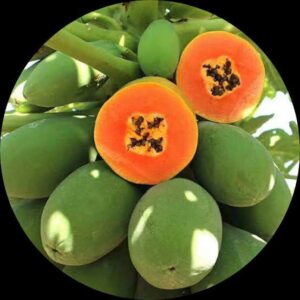
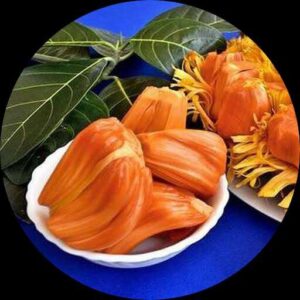
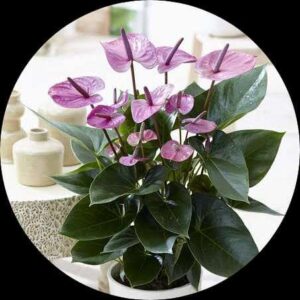
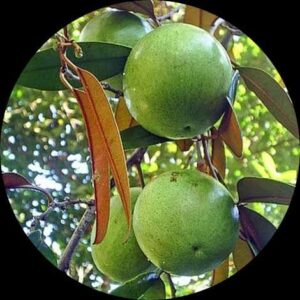
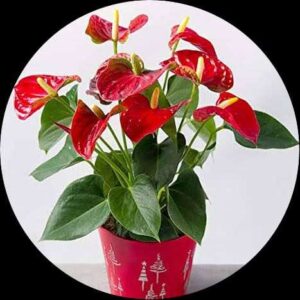
Reviews
There are no reviews yet.